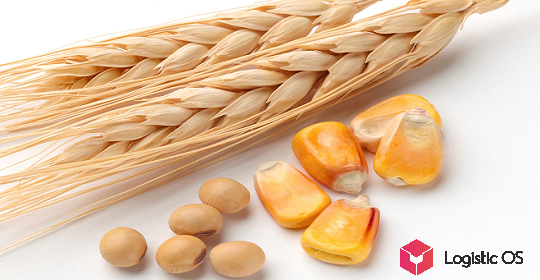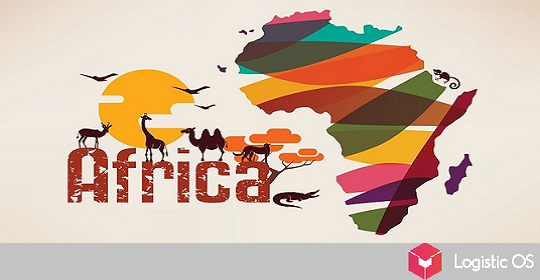According to the latest data from the Federal Customs Service, in 2024 the volume of exports in monetary terms was less than in 2023.
Last year, Russia sent abroad agricultural products worth $42.6 billion, while the year before last this figure was approximately $43.1 billion.
Thus, we can talk about a slight decrease in exports.
It is noteworthy that 66% of this volume was provided by only a few regions of Russia: Moscow, Leningrad, Rostov, Krasnodar, Primorsky, Kaliningrad, Belgorod, as well as Murmansk and Lipetsk.
Each of them shipped agricultural products worth about $800 million.
At the same time, one cannot help but note the following trend: over time, the number of regions actively involved in agricultural exports is growing.
For example, in 2017, there were only 17 regions that had revenues of more than $200 million in such exports, but in 2024, there were already 35 such regions, that is, twice as many, which can be considered a significant achievement.
Grain occupies a significant share in Russian agricultural exports: approximately 37%.
It is emphasized that this figure has remained unchanged since 2023. At the same time, the rate of grain exports is gradually increasing: since 2020, the increase was 12%.
After grain, fat and oil products are in second place in the structure of Russian exports, their share is also very significant: 20%.
It is noteworthy that 5 years ago it was much less: 16%.
In addition to grain and fat and oil products, one cannot help but pay attention to meat and dairy products.
Over the past 5 years, their export volumes have increased by as much as 17%, while their share in the export structure has not changed very significantly: from 4% to 5% in value terms.
Russia also actively exports fish and seafood abroad.
In general, Russia has a fairly wide network of buyers of its agricultural products around the world, experts note.
For example, according to the results of last year, China became its largest buyer, which purchased it for more than 6 billion dollars.
Next in this rating are Turkey, Kazakhstan, Belarus, Egypt and India with indicators of 3 billion dollars each.
It is emphasized that in physical terms, Russian agricultural exports last year grew by 5% and amounted to 109 million tons.
The growth in physical terms was more significant than in monetary terms, this can be explained by the fact that world prices for many types of agricultural products have fallen.
If they recover, then the volume of exports from the Russian Federation could grow significantly in the foreseeable future, experts are sure.

